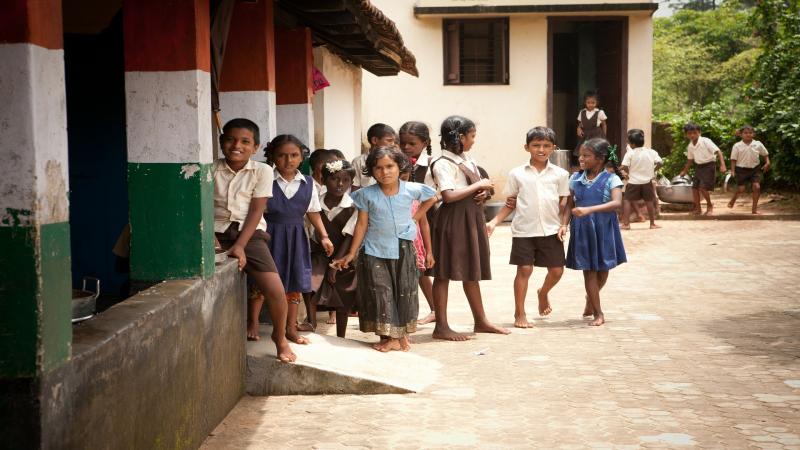
Obesity has become a global concern over the last four decades as the number of obese and overweight individuals has tripled since 1975. In 2016, about one in five children across the world, aged 5-19 years, were overweight or obese and half of them lived in Asia. The obesity epidemic, which was once prevalent in high-income, developed countries, has today soared in low- and middle-income economies, particularly in cities.
A similar trend is observed in the case of hypertension—a major risk of obesity. In India, many studies have assessed the prevalence of obesity and hypertension and the correlation between them. However, recent data on this, particularly regarding children and adolescents from urban and rural areas, is scarcely available. Now, a recent study by researchers from India and the UK, published in the journal BMJ Open, provides some insights into the current prevalence rates for obesity and hypertension among adolescents in Northern India.
The study, carried out in the urban and rural schools of Ludhiana, Punjab, surveyed 849 urban and 1110 rural participants in the age group of 11–17. The researchers recorded the blood pressure of each individual twice, with an interval of one week. They also calculated the body mass index (BMI) from the height and weight measurements. Data regarding socio-economic status, dietary habits and physical activity were also obtained.
Previous studies have shown that the prevalence of hypertension in children in India varies between 1% to 16.2%, while obesity ranged from 12% to 19%. The current study has narrowed these ranges and pegs the prevalence of sustained hypertension to be 5.7% in rural areas and 8.4% in urban areas. On the other hand, the prevalence of obesity was just 2.7% among rural and 11.2% among urban school children.
The study also found that children with hypertension had significantly higher BMI. For instance, the prevalence rates of hypertension were 1 in 20 among those who had healthy BMI, while it was 3 in 20 among those who were overweight. More than a quarter of students, who were obese, had hypertension. In children with hypertension, the prevalence of overweight and obesity was more among urban school children than rural kids. A similar study conducted in 2004 in Ludhiana had found the prevalence rates to be significantly lower than the current data among both the urban and rural children, which is an indication of the growing health risks among adolescents.
Data shows the increase in prevalence of obesity and hypertension among school children from 2004 to 2016. [Data Source]
The researchers used statistical analysis to identify factors that affected an increase in obesity. They found that the increase in obesity depended on whether the child has hypertension, their socio-economic status and if the child was from a rural or urban area. Increase in physical activity showed a decrease in the rise in obesity. Hypertension among overweight and obese children also corresponded to excessive salt intake, excess steroid production and increased cardiac output among other reasons.
The researchers attribute the high prevalence rates of obesity and hypertension among adolescents to a sedentary lifestyle and change in eating habits. While the study was limited by small and localised sample set, which cannot be extrapolated at a national level, the findings are a cause of grave concern.
“Prevention and early detection of childhood obesity and high blood pressure should be strengthened to prevent the risk of cardiovascular diseases in adults,” conclude the researchers.






